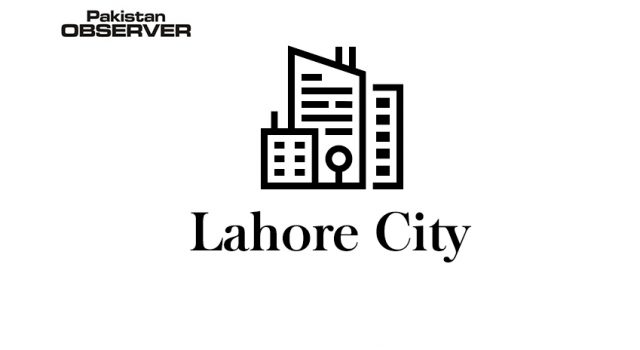In the sixth online Applied Development Economics (ADE) seminar hosted by the Lahore School of Economics on 11th August 2020, Dr. David Evans (Senior Fellow, Center for Global Development) summarized findings from his recent work (joint with Maryam Akmal, Pamela Jakiela and Fei Yuan) on girls’ education and learning outcomes with recommendations for policy.
In the first half of his talk, Dr. Evans presented 5 interesting insights about gender gap, defined as the difference between average educational attainment for women and men, for 126 countries around the world. First, women everywhere, including in South Asia, are more educated today than ever before.
Their average educational attainment has shifted dramatically from less than 2 years in 1960 to between 6 to 8 years in 2010. Second, gender gaps are widely prevalent across developing countries as women are still not as educated as men.
Third, in less educated countries, gender gaps often got worse before they got better. In contrast, in more educated countries, girls are able to catch up making gender gaps rarely persistent in such contexts.
Fourth, low education countries not only have wide and persistent gender gaps, they face multiple other challenges including a high infant mortality rate and low GDP per capita.
Fifth, while its difficult to interpret observed differences in learning, recent evidence shows that girls lead in reading but lag in mathematics and science.
In the second half of his talk, Dr. Evans presented effective strategies for helping girls gain education and to make the most of that education. Some main insights which emerged during this were as follows: First that girl targeted interventions are as effective as general ones for improving access and learning.
Also, Dr. Evans and co-authors found no evidence to suggest that general interventions exacerbate inequality. Second, most of the top 10 most effective interventions around the world for improving access to education aim at reducing the cost of schooling.
Also, such interventions are most successful when implemented through the household rather than school.
One example of such an intervention is provision of private school subsidies to girls in Pakistan.
Third, most of the top 10 most effective interventions around the world for improving learning focus on pedagogy interventions and none of them are girl-targeted. Fourth, there are lots of obstacles to girls’ education such as direct and indirect costs, low quality teaching, violence and security, cultural norms, poor school infrastructure, distance to schools etc.
While many of these also affect boys but they affect girls disproportionately more.









